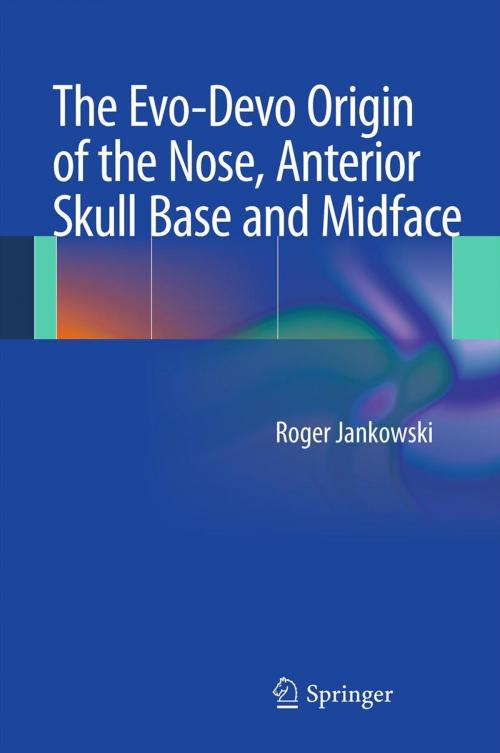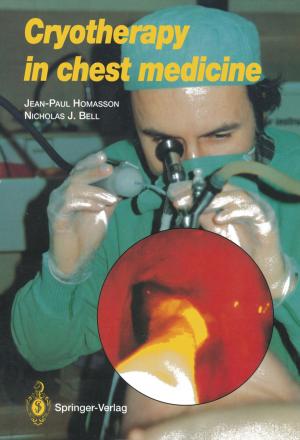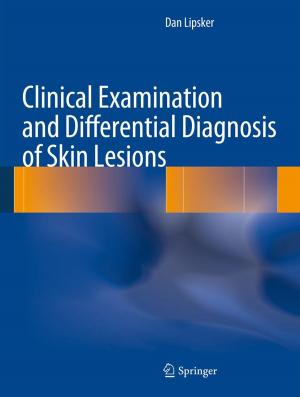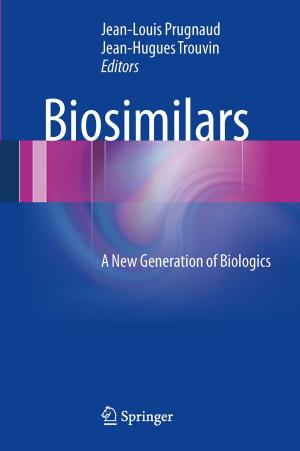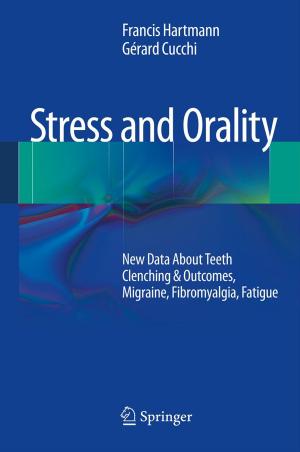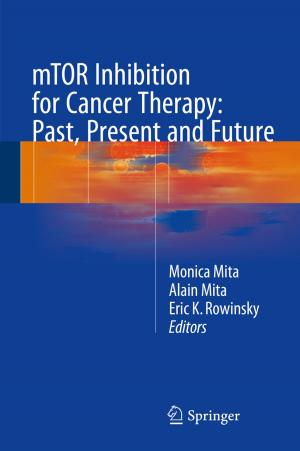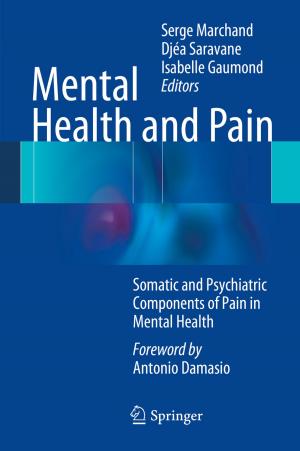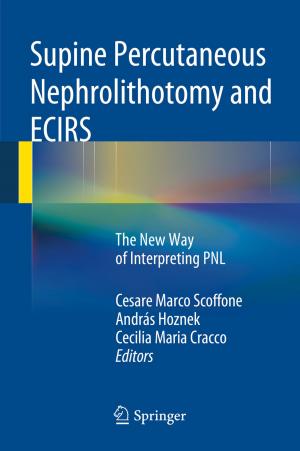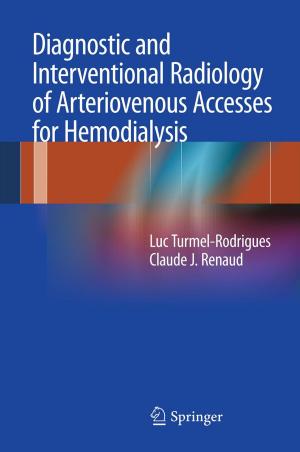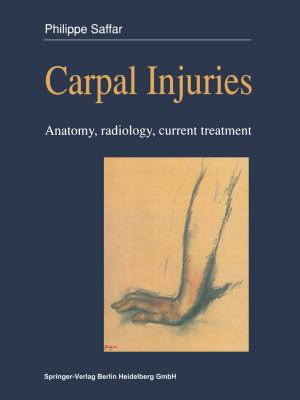The Evo-Devo Origin of the Nose, Anterior Skull Base and Midface
Nonfiction, Health & Well Being, Medical, Specialties, Otorhinolaryngology, Medical Science, Anatomy| Author: | Roger Jankowski | ISBN: | 9782817804224 |
| Publisher: | Springer Paris | Publication: | March 19, 2013 |
| Imprint: | Springer | Language: | English |
| Author: | Roger Jankowski |
| ISBN: | 9782817804224 |
| Publisher: | Springer Paris |
| Publication: | March 19, 2013 |
| Imprint: | Springer |
| Language: | English |
The phylontogenic theory proposes an original understanding of nose, sinus and midface formation and development by looking back in evolution for the first traces of the olfactory organ and then tracing its successive phyletic transformations to become part of the respiratory apparatus and finally the central point of human facial anatomy. Von Baer’s, Darwin’s, Haeckel’s, Garstang’s, Gould’s and Buss’ explorations of parallels between phylogeny and ontogeny help to trace the nose and midface story. The paradigm of existing parallels between ontogeny and phylogeny proves useful both in seeking to understand the holoprosencephalic spectrum of facial malformations (which represent radically different pathways of facial development after the life’s tape has been started to run again) and in formulating hypotheses on chordate to vertebrate evolution. The phylontogenic theory leads to new medical hypotheses on nose and sinus diseases and opens the field of evolution and development-based medicine.
The phylontogenic theory proposes an original understanding of nose, sinus and midface formation and development by looking back in evolution for the first traces of the olfactory organ and then tracing its successive phyletic transformations to become part of the respiratory apparatus and finally the central point of human facial anatomy. Von Baer’s, Darwin’s, Haeckel’s, Garstang’s, Gould’s and Buss’ explorations of parallels between phylogeny and ontogeny help to trace the nose and midface story. The paradigm of existing parallels between ontogeny and phylogeny proves useful both in seeking to understand the holoprosencephalic spectrum of facial malformations (which represent radically different pathways of facial development after the life’s tape has been started to run again) and in formulating hypotheses on chordate to vertebrate evolution. The phylontogenic theory leads to new medical hypotheses on nose and sinus diseases and opens the field of evolution and development-based medicine.
